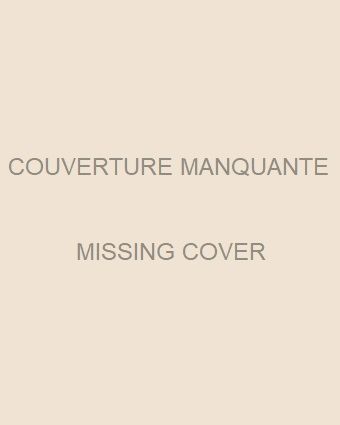
Editorial
[author : Michael Floyd] #Edito
TABLE OF CONTENTS
FEATURES
Morphing on Your PC
[author : Scott Anderson]
Scott examines the history and mathematics behind morphing and includes three utility programs that let you run full-screen animated morphs on your PC.
Digital Video File Formats
[author : Mark Florence]
How can you harness the power of desktop digital video? For starters, by having a grasp of file formats such as Apple's QuickTime and Microsoft's Video for Windows.
Compressing Waveform Audio Files
[author : Neil G. Rowland, Jr.]
Neil presents a C++ class library that uses low-level waveform services for signal processing, compressing waveform files to about half the original size.
Multimedia Audio Systems
[author : John Ratcliff]
An audio-industry expert examines where we are and where we're going when it comes to multimedia sound systems, focusing on general-MIDI implementations.
Inside OS/2 Software Motion Video
[author : Les Wilson]
Les analyzes how OS/2's Multimedia Presentation Manager uses multiple threads for full-motion video synchronization.
Programming the QUANTUMdsp
[author : Charles A. Mirho]
The QUANTUMdsp board lets you download microcode from disk files, thereby redefining the QUANTUMdsp's functionality on-the-fly.
Animation with the Windows GDI
[author : Joe Sam Shirah]
Joe Sam presents techniques for bitblts and screen repainting that let you create smoother, faster animations.
Writing a Multimedia App in Liana
[author : Jack Krupansky]
Jack describes a large multimedia application he wrote using the Liana programming system.
The VESA BIOS Audio Interface
[author : Doug Cody]
The VESA BIOS Extension/Audio Interface (VBE/AI) provides a standard software interface for audio, similar to the VGA BIOS for video.
DSP and Audio Compression
[author : Jay B. Reimer]
Jay explores the various audio-compression techniques and describes how DSPs can be used for higher performance in multimedia systems.
Build Your Own RS-232 Sound System
[author : Dennis Cronin]
Using the tricks Dennis presents here, you can use your PC's RS-232 port to produce serviceable audio from an attached speaker.